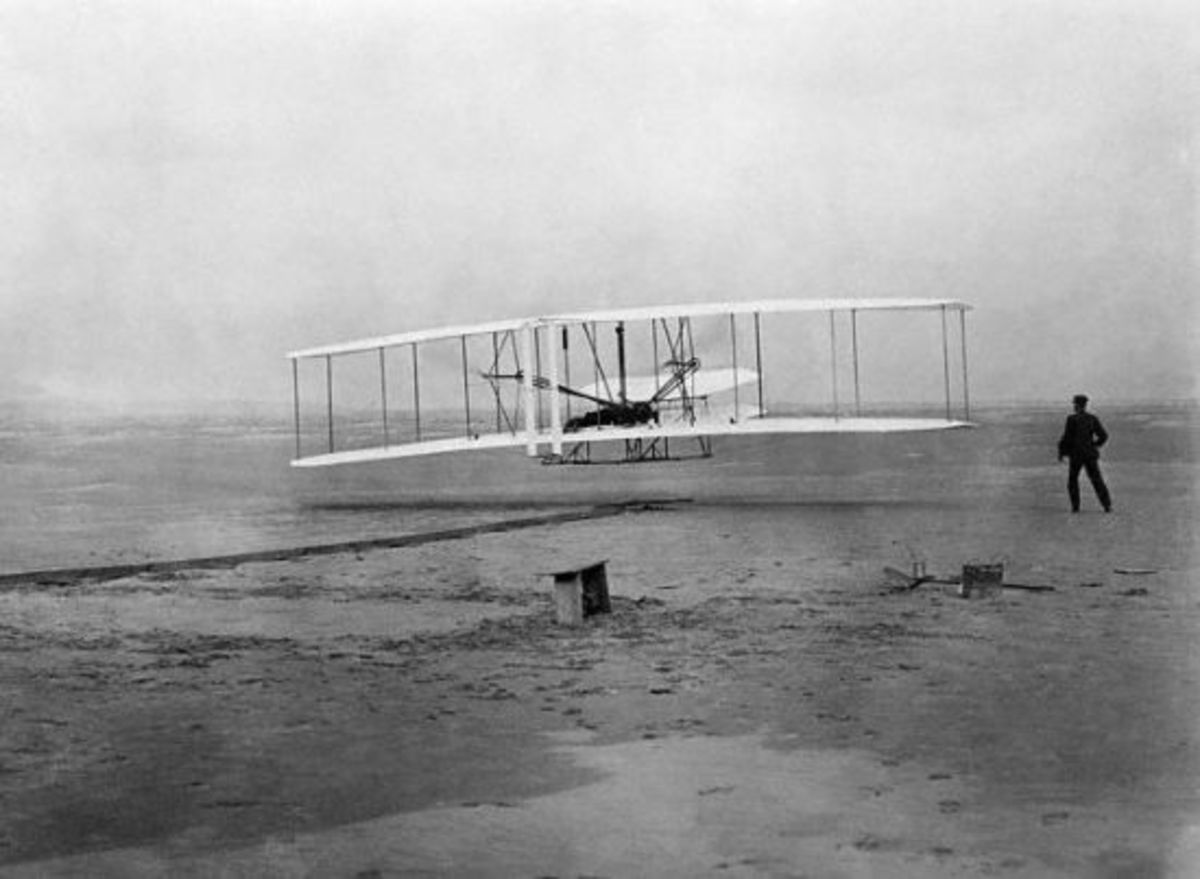How Do We Launch a Satellite?
Launching a satellite

Satellite technology came of age in the 1950s yet
Satellite technology has enabled us to see live the Olympics in Peking, China, the boxing bought of Manny Pacquiao and Shane Mosley and President Obama peeping through a binocular into North Korea. it has enabled me to call my sister in the Middle East by cell phone or chat with her via computer. Thanks to commercial satellites.
Let’s plan launching a satellite
First, decide the kind of satellite to launch. We want to launch an observatory satellite that can also double as a communications relay, with the capability to take pictures.
Now we can begin to specify its mass or weight, altitude (10,000 km), size, orbital inclination, speed (5 km/sec), shape of orbit (circular) and rocket booster.
Let’s use a tried and tested old launcher, the Atlas.
This is a three-stage booster of the MA-3. The two engines drop off after the initial thrust and the third engine remains to sustain the journey of the satellite. The two engines have a power thrust of about 67,400 newtons; the sustainer engine has a thrust of about 13,418 newtons. The height is about 22 meters and its diameter is about 3 meters. Weight of the payload is 1,225 kilograms.
The fuel is propellant 1 or RP-1, a liquid, provided with liquid oxygen as oxidizer. The thrust of 80,899 newtons lifts the satellite and accelerates it to a speed of about 26,240 km per hour.
Our Atlas is comprised of four components: the power source, nose cone, guidance system and flight control system. Vernier engines give control over it upon sustainer engine shutoff. It is guided by an earth control system.
The guidance system was developed out of the researches of Simon Ramo who was first employed by General Electric, a manufacturer of consumer appliances and a defense contractor. At GE he invented the electron microscope. Ramo had a doctorate degree in physics he obtained from Caltech. Earlier on he was publishing results of his researches until the military noticed that he was dealing on matters that could be used for national defense. Then he went to work with Hughes aircraft that had a subsidiary for national defense contracts. He developed the air-to-air guided missiles first used in the Korean War. He bolted Hughes and, together with Dean E. Wooldridge, set up the Ramo-Wooldridge company that had defense contracts (Ramo, S. Business in Science). Their company was involved in the development of intercontinental ballistic missiles (ICBM). His researches dealing on national defense are inaccessible to the public being classified under national security.
Atlas was used in launching the first communications satellite of the United States in 1958 yet.
The Atlas is a vast improvement over the V-2 rockets that were used by Hitler’s Germany to bombard London in World War II (1944). V-2 had no guidance system. V-2 was developed under the leadership of Wernhern von Braun in 1930s. He and his team surrendered to the Americans after the defeat of Hitler’s Germany.
“Flight control in the V-2 was a matter of computing the direction of launch with the flight duration and hoping for the best” (Magill, F. N. Magill’s Survey of Science, Space Exploration Series. “Atlas Launch Vehicles. 1989:164).
Frank Malina of the USA contributed to the development of spacecraft at the National Aeronautics and Space Administration (Encyclopedia Britannica 2009).
The rapid development of Atlas was in response to the advanced rocketry of Russia that put the first satellite in orbit, the first manned satellite (Sputnik) and the first woman in space.
Configured with Centuri, Atlas flew some 492 times over 30 years. A vehicle could be built with a budget of $80 million in 1980s.
Some fundamentals
The acceleration of the satellite to 26,230 km/hour or 437.33 km/sec is more than enough to launch it to a free fall. In fact, an acceleration of 8 km/sec will do. One reason for having a great acceleration is to make the path of the satellite reach infinity making it an open parabola. Reaching a hyperbolic path, our satellite will escape earth’s gravity. It will be weightless. The thrust left it enough energy for a constant speed around the earth.
We will launch the satellite and let it free falling. That is, our satellite will orbit around the earth without additional thrust. It will be as if falling like an apple falling to the ground only that it will not impact on the earth. The reason is that its trajectory matches the curvature of the earth.
If the acceleration were less, say, 6 km/sec, our satellite would impact earth.
Planning satellite flight involves Newton’s theory of gravity not Einstein’s general theory of relativity. The reason is that spacecraft flight is still slow (10,000 km/sec) compared with the speed of light. If its flight were near the speed of light (300,000 km/sec) then Einstein’s theory is applicable, except on the adjustments in the clock. The clock in flight is slower than the clock on earth (at the ground control). In one day, the difference is 38 millionth of a second. That translates to 10 km. The satellite clock must be adjusted. If the satellite travels as fast as the speed of light, its clock would register zero hour.
In Newton's theory, gravity is a force. In Einstein's general theory of relativity, gravity is a curvature of space-time. In Newton's theory the straight line is the shortest distance between two objects, or two places like Virginia (Atlantic coast) and California in USA (Pacific coast). In Einstein's theory, the shortest line between Virgina and California is a curved line called geodesic. In fact, there is no strait line between them in reality. Your airplane from Virginia to California will cruise a curved line.
Another exception is involved in splashdown if we want to recall our satellite intact. The trajectory of the splashdown should not come straight vertically to earth or equatorial plane. Otherwise our satellite will bounce back to space. Its trajectory must be inclined at 6.2 degrees.










